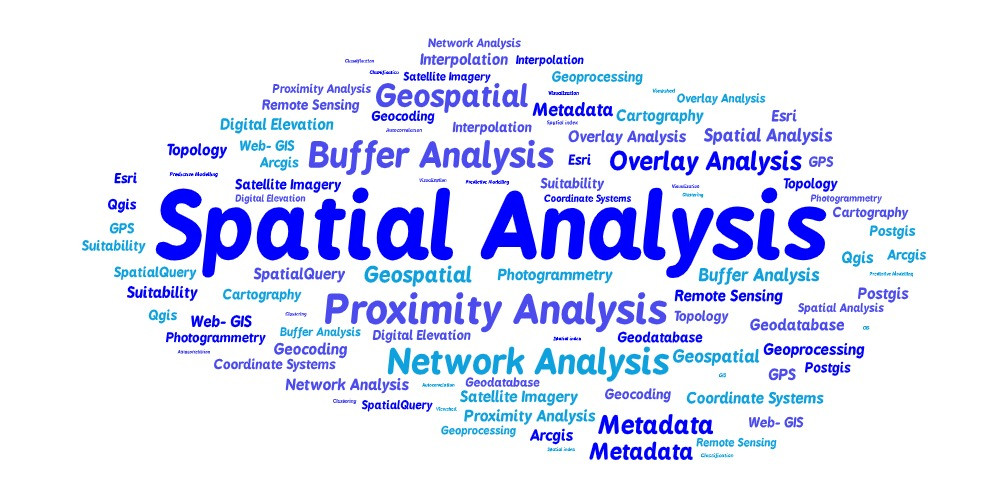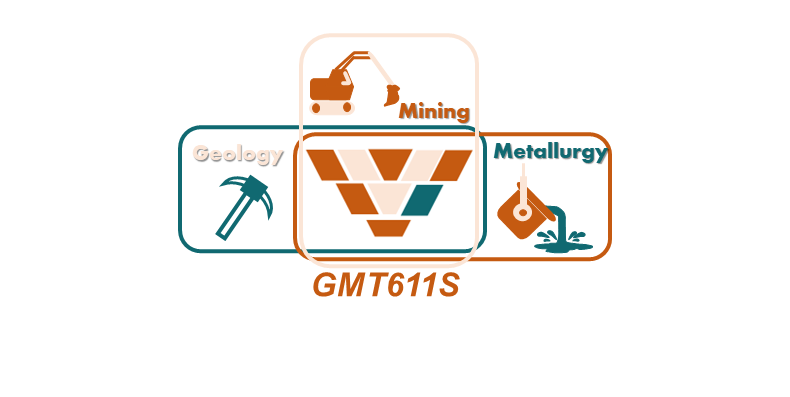Please enter course description here...
- Lecturer: Dr Euodia Hess-Wallenstein
- Lecturer: Dr Marius Mutorwa
Please enter course description here...
Please enter course description here...
Please enter course description here...
The course aims to provide students with knowledge of the types of different spatial databases. Students will also be able to design a spatial database using FOSS GIS, populate the spatial tables and perform basic spatial analysis. Other areas to be covered include ESRI geo-database types and supported elements, Working with ESRI geo-database subtypes, domains and relationship rules, ESRI geo-database Annotation: Creating, editing, and managing annotation features, ESRI geo-database Topology rules, management and editing and Utility Networks and analysis.
Please enter course description here...

This course introduces the theory and practice of basic geospatial analysis, focusing on:
To support your understanding, the following textbooks are recommended:
Principles of Geographic Information Systems, 3rd Ed. (ITC, 2004)
Applied GIS and Spatial Analysis, by Stillwell & Clarke (2004)
GIS Tutorial II: Spatial Analysis Workbook, by David W. Allen (2009)
An Introduction to Geographical Information Systems, by Heywood et al. (2nd Ed., 2002)
Principles of Geographical Information Systems, by Burrough & McDonnell (1998)
“Stay afraid, but do it anyway. What’s important is the action. You don’t have to wait to be confident. Just do it and eventually the confidence will follow.” - Carrie Fisher
Theory and practice relating to advanced geospatial analysis, including
· Raster data structures and algorithms for raster information management, extraction and analysis
· Vector data structure and algorithms for vector information management and analysis
· Raster and vector classification measurement and retrieval functions
· Raster and vector connectivity functions
· Raster and vector neighbourhood functions- Geometric, visibility, hydrological, network, environmental and cost/distance analysis, Triangulated irregular networks, digital elevation models and digital terrain models
· Raster and vector overlay functions

Enrollment Key: MANUTD

Geometallurgy 214 (GMT611S) is a core course to be completed in the first semester of the second year of study. The aim of the course is to equip students with basic knowledge and skills to develop and optimise flowsheet development to improve mineral recovery.
